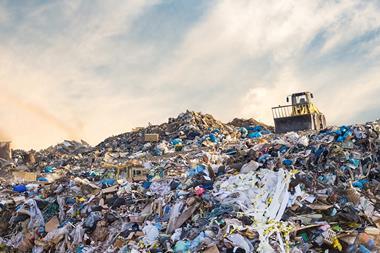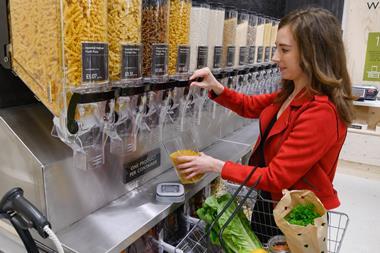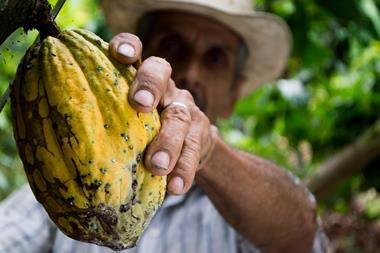The Tesco super tanker must be in danger of suffering from metal fatigue such is the pressure being placed on CEO Philip Clarke’s turnaround plan, as he battles elements beyond his control.
Since announcing in February it was to throw £200m at “sharpening prices” in a bid to take on Aldi and Lidl, Tesco has been sucked further and further into the sort of full-blown price war that Clarke clearly wants to avoid, despite the urgings of some in the City.
But it’s not just Aldi and Lidl that have taken things out of his hands.
Sources admit that Clarke and co were staggered when Morrisons last month promised to fund £1bn in price cuts over the next three years, which added to a feeling among some investors that the supermarket sector was becoming “uninvestable”.
Yesterday’s announcement by Clarke that £200m was just the beginning of a campaign on price, accompanied by what looks like an advertising blitz to back it up, has seen the Tesco boss nail his colours even further to the price mast – whether he likes it or not.
Yet Clarke is adamant that a price war with the discounters is one that Tesco can never win. The Aldi and Lidl model, with their much reduced ranges and domestic supply chain advantages, will simply not allow Tesco, or anyone else for that matter, to beat them on their USP. And that’s before taking into account the retaliatory moves we can expect from Asda, Morrisons and the rest.
So where does this leave the Tesco turnaround plan? Clarke yesterday committed once again to an acceleration of Tesco’s store refresh programme, which he says will see 650 stores in the UK spruced up this year, including 160 larger stores (three a week).
But it is hard to see how Tesco, when it is being forced to invest so much in price cuts, can pour enough cash into the store revamps to give them the sort of wow factor achieved by last year’s reopening of Watford Extra – a genuine showpiece.
It’s almost as if Clarke is hoping that taking elements of the Watford trial (along with those in Purley and Coventry) and spreading them more thinly around Tesco’s estate will be adequate. That is a risk.
Refreshed stores to date have brought sales uplifts of between 3-5%, which is not to be sniffed at, but Tesco sources say the fully fledged revamps in those few, true flagship stores have achieved up to three times that. Now they look in danger of becoming exceptions to the Tesco estate, rather than the rule.
While more detail emerged yesterday of Tesco’s plans for its destination stores, with the rollout of more Giraffe restaurants and H+H coffee shops, they clearly have not progressed as fast as had been planned before the price war kicked off. In fact, there was just as much detail yesterday of how Tesco plans to shrink its bigger stores by giving away space to play areas, gyms and other retailers.
How Clarke must wish he could focus his resources purely on improving service and quality, areas in which he has been at his most convincing in his tenure in the hot seat to date.
Instead, with so directions in which to turn, the strain on the Tesco strategy looks unlikely to ease any time soon.
Tesco full-year results prompt calls for action















No comments yet